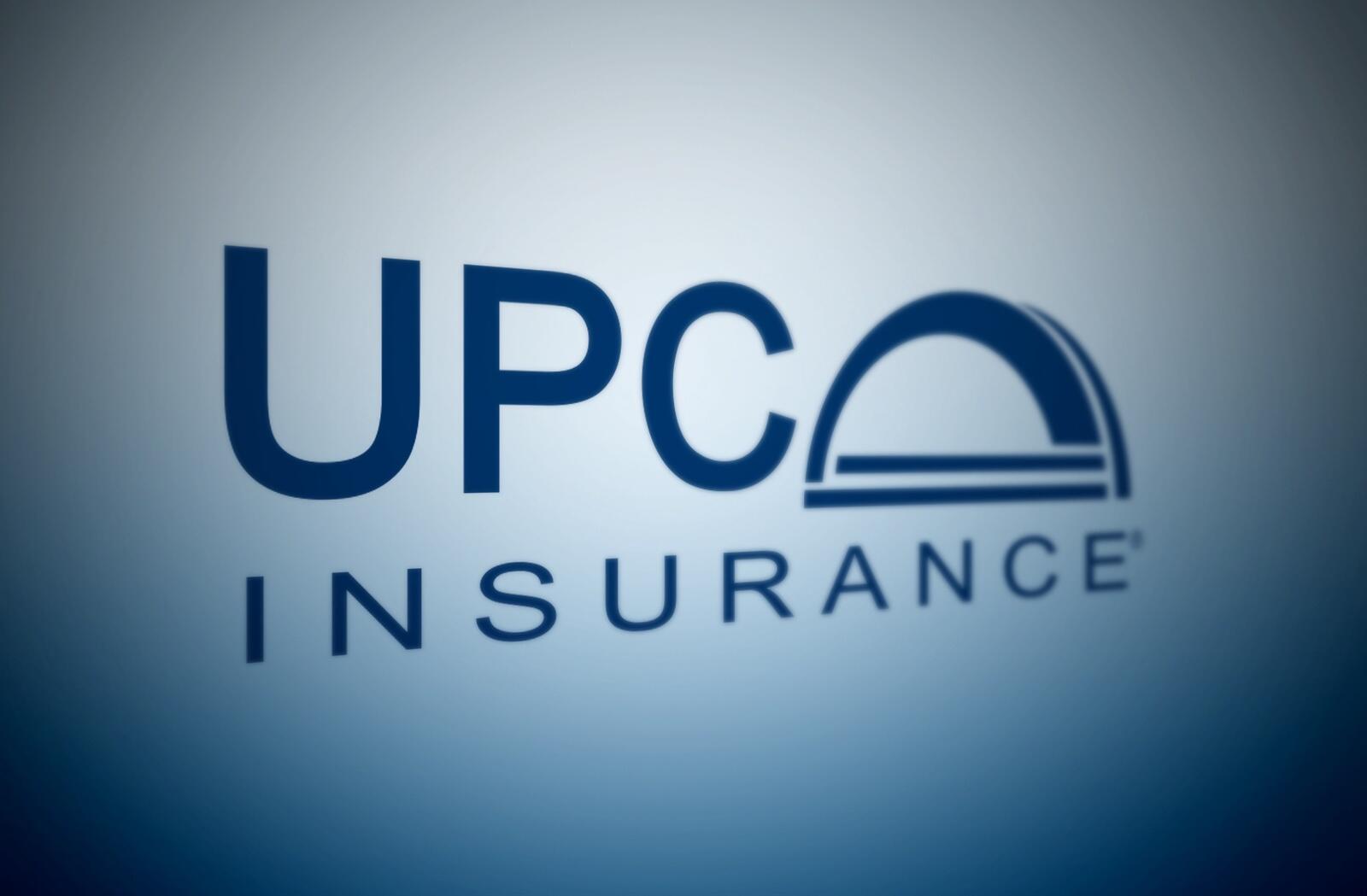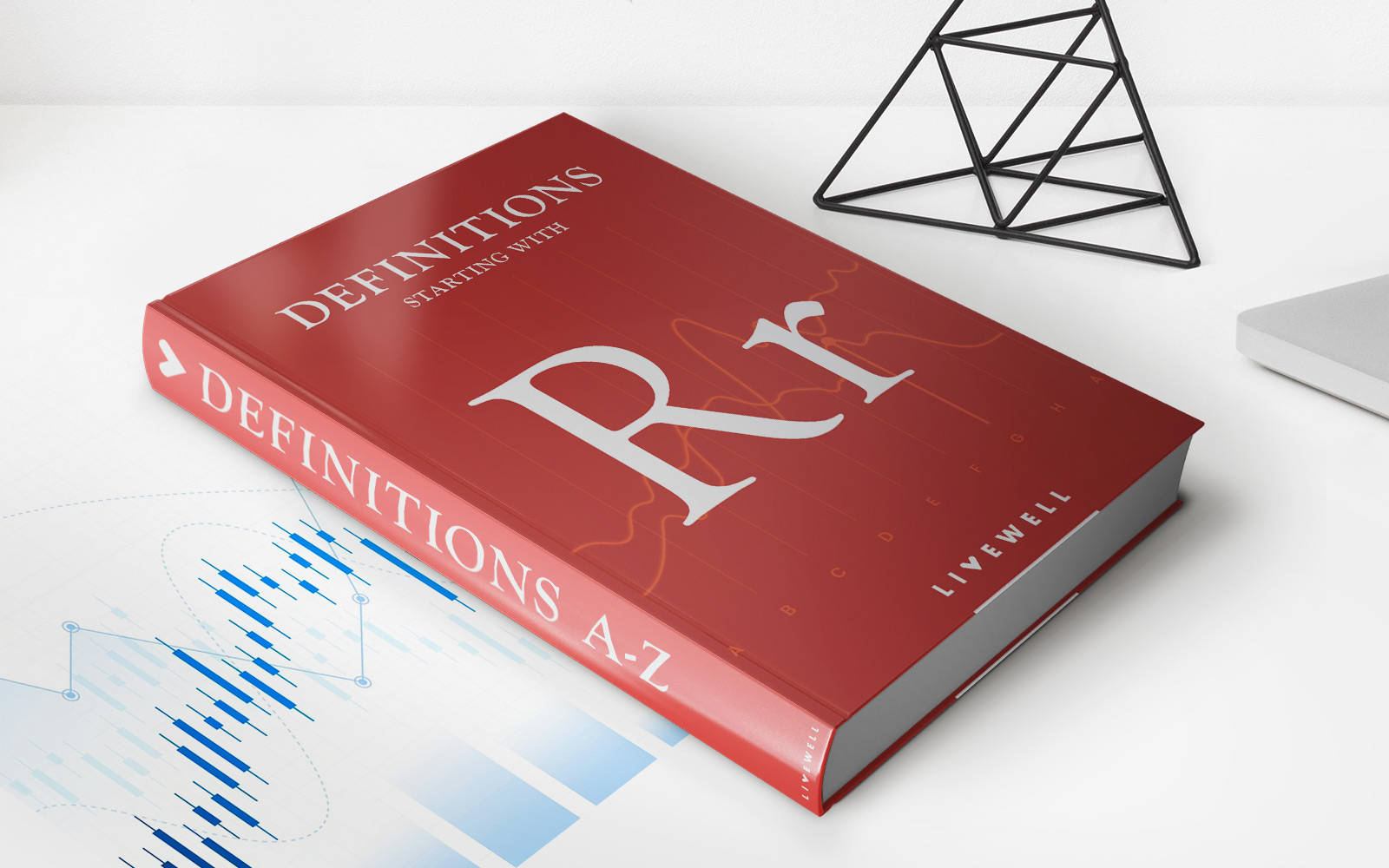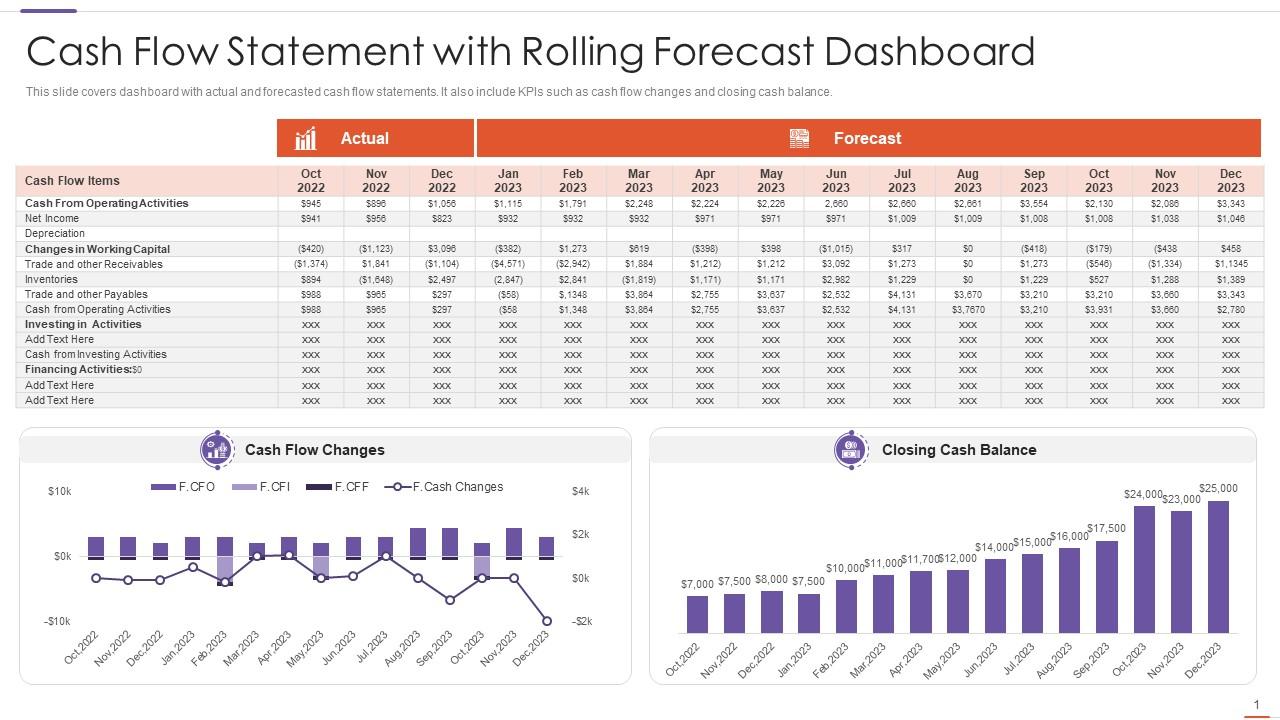

Finance
What Is AOP In Insurance?
Published: November 6, 2023
Learn what AOP (Additional Optional Cover) means in the insurance context and how it can benefit your finances. Discover its importance and implications now.
(Many of the links in this article redirect to a specific reviewed product. Your purchase of these products through affiliate links helps to generate commission for LiveWell, at no extra cost. Learn more)
Table of Contents
Introduction
When it comes to insurance, there are numerous terms and concepts that can be confusing. One such term is AOP, which stands for “All Other Perils.” AOP refers to a type of coverage offered in insurance policies that provides protection against various risks and perils not specifically mentioned in the policy’s named perils.
Insurance policies typically include coverage for specific perils such as fire, theft, and natural disasters like hurricanes or earthquakes. However, there are many other risks that can cause damage or loss to your property or assets, and that’s where AOP coverage comes into play.
AOP coverage is designed to provide broader protection, filling the gaps left by named perils coverage. It offers financial compensation for damages or losses caused by perils that are not explicitly listed in the policy. This can include events like water damage, accidental breakage, vandalism, or even mysterious disappearances.
The primary purpose of AOP coverage is to ensure that policyholders are adequately protected from a wide range of risks. It offers peace of mind knowing that even if an unexpected event occurs and it’s not specifically listed in the policy, there is still coverage in place to help recover from the financial impact.
Understanding the concept of AOP in insurance is crucial for both policyholders and insurance professionals. Policyholders need to be aware of the coverage they have and how it extends beyond named perils, while insurance professionals must accurately explain the benefits and limitations of AOP coverage to clients so they can make informed decisions.
In the following sections, we will explore the history of AOP in insurance, define its scope, delve into its principles, discuss the benefits and limitations, and provide real-life examples to give you a comprehensive understanding of AOP coverage and its significance in the insurance industry.
History of AOP in Insurance
The concept of AOP coverage has evolved over time in response to the changing needs and risks faced by policyholders. In the early days of insurance, policies primarily focused on named perils, meaning only specified risks were covered. However, as society and the economy developed, there arose a need for more comprehensive coverage.
The inclusion of AOP coverage in insurance policies can be traced back to the mid-20th century. The insurance industry recognized that there were risks that policyholders faced which were not specifically listed in their policies. These risks ranged from accidental damage to personal property to losses incurred due to certain natural disasters.
To address this gap in coverage, insurers started offering AOP coverage as an add-on option. Initially, AOP coverage was typically limited and included a narrow range of perils. However, over time, insurers expanded the scope of AOP coverage to include a wider array of risks, providing policyholders with more comprehensive protection.
Advancements in technology, such as the development of new building materials and the expansion of electronic systems, also played a role in shaping the history of AOP coverage. As these advancements introduced new risks and perils, insurers recognized the need to adapt their coverage options accordingly. This led to the inclusion of coverage for risks like electrical surges, computer viruses, and cyber attacks.
Furthermore, natural disasters and catastrophic events have played a significant role in the evolution of AOP coverage. Major disasters like hurricanes, earthquakes, and floods have highlighted the need for insurance policies to offer coverage beyond named perils. AOP coverage has become essential in providing financial assistance for these types of events, which can cause significant damage and loss.
Today, AOP coverage is a standard feature in many insurance policies, offering policyholders greater peace of mind and protection against a wide range of risks. It continues to evolve as insurers strive to meet the changing needs of their customers and provide comprehensive coverage that addresses the complexities of the modern world.
Definition of AOP in Insurance
AOP, which stands for “All Other Perils,” is a type of coverage offered in insurance policies that extends beyond named perils. While named perils coverage specifies certain risks that are covered, AOP coverage provides protection against a broader range of risks and perils that are not explicitly listed in the policy.
With AOP coverage, policyholders are safeguarded against unexpected events and hazards that may cause damage or loss. It serves as a safety net, offering financial compensation for perils that are not specifically mentioned in the policy’s named perils section.
The range of perils covered under AOP can vary depending on the insurance policy and the insurer. However, common examples of perils covered by AOP may include water damage, accidental breakage, vandalism, theft, falling objects, impact by vehicles or aircraft, riots, civil commotion, and mysterious disappearances.
Insurance policies typically have a named perils section that lists specific risks, such as fire, lightning, windstorm, hail, explosion, and more. These named perils are often the primary focus of the policy, and AOP coverage complements them by providing protection for additional risks not explicitly specified.
It is important to note that AOP coverage does not cover every possible peril or risk. Certain exclusions may apply, such as intentional acts, wear and tear, damage due to neglect or lack of maintenance, and certain natural disasters that may be covered under separate policies or endorsements.
Policyholders should carefully review their insurance policy to understand the scope of AOP coverage and any exclusions that may apply. Additionally, insurance professionals play a crucial role in explaining the details of AOP coverage to ensure that policyholders have a clear understanding of what is covered and what is not.
By having AOP coverage in their insurance policies, individuals and businesses can enjoy greater peace of mind, knowing that they are protected from a broader range of risks that may arise unexpectedly.
Principles of AOP in Insurance
AOP coverage operates on several key principles that govern its application and provide a foundation for understanding its scope and limitations. These principles help insurance companies determine the extent of coverage and ensure transparency for policyholders. Let’s explore the principles of AOP in insurance:
- Comprehensive Protection: The primary principle of AOP coverage is to offer policyholders comprehensive protection against a wide range of risks and perils. It fills the gaps left by named perils coverage by providing a safety net for events that are not explicitly listed in the policy.
- Additional Coverage: AOP coverage works in conjunction with named perils coverage. It extends coverage by including perils that are not specifically named in the policy, providing policyholders with a broader level of protection.
- Named Perils as a Basis: AOP coverage is built upon a foundation of named perils. While named perils coverage focuses on specific risks, AOP coverage complements it by encompassing perils not specifically mentioned in the policy.
- Policy Exclusions: Just like any other coverage, AOP has certain policy exclusions. These exclusions vary between insurance policies and may include intentional acts, wear and tear, damage due to neglect or lack of maintenance, and perils covered under separate policies or endorsements.
- Claim Evaluation: When a claim is submitted under AOP coverage, it undergoes evaluation to determine if the damage or loss falls within the scope of coverage. The adjuster assesses the circumstances and verifies whether the event is a covered peril under the AOP section of the policy.
- Policy Specifics: AOP coverage is not standardized across policies and insurers. The specific perils covered and the extent of coverage may vary. It is essential for policyholders to carefully review their policy documents and consult with insurance professionals to understand the terms and conditions of their AOP coverage.
Understanding these principles is crucial for policyholders to comprehend the coverage provided by AOP and make informed decisions. Insurance professionals play a vital role in explaining these principles to policyholders, helping them navigate the intricacies of AOP coverage and ensuring they have the appropriate insurance protection for their needs.
Benefits of AOP in Insurance
AOP coverage offers several benefits to policyholders, providing them with enhanced protection and peace of mind. Let’s explore the key benefits of AOP in insurance:
- Broader Coverage: One of the most significant benefits of AOP coverage is that it offers broader protection. While named perils coverage focuses on specific risks, AOP coverage fills in the gaps by safeguarding policyholders against a wide range of additional perils.
- Protection Against Unforeseen Events: AOP coverage provides financial compensation for perils that may not have been anticipated or specifically mentioned in the policy. This is especially valuable as unexpected events can occur, such as accidental damage, vandalism, or mysterious disappearances.
- Peace of Mind: Knowing that there is coverage in place for perils beyond the named perils gives policyholders peace of mind. They can feel reassured that even if an event occurs that isn’t explicitly listed, they still have protection in case of damage or loss.
- Comprehensive Risk Management: AOP coverage is an integral part of comprehensive risk management. By having AOP coverage, policyholders can effectively mitigate a broader range of risks and minimize potential financial losses.
- Flexibility in Coverage: AOP coverage is flexible and can be tailored to an individual or business’s specific needs. Policyholders can choose the level of AOP coverage they require based on their risk tolerance and the value of their assets.
- Greater Financial Security: AOP coverage provides an added layer of financial security by compensating policyholders for damages or losses that may not be covered under named perils. This can be particularly beneficial in situations where the cost of repairs, replacements, or recovery expenses is substantial.
- Protection from Emerging Risks: As new risks and perils emerge due to technological advancements and societal changes, AOP coverage helps policyholders stay protected. It keeps pace with evolving risks and ensures that policyholders have coverage for events that may not have been previously considered.
These benefits make AOP coverage a valuable addition to insurance policies, providing policyholders with a higher degree of protection and flexibility. It is essential for individuals and businesses to assess their risk exposure and consider incorporating AOP coverage into their insurance plans to ensure comprehensive coverage in the face of unforeseen events.
Limitations of AOP in Insurance
While AOP coverage offers broader protection than named perils coverage, it is important for policyholders to be aware of the limitations of AOP in insurance. Understanding these limitations helps manage expectations and make informed decisions. Let’s explore some common limitations of AOP coverage:
- Policy Exclusions: AOP coverage, like any other insurance coverage, has exclusions. Policyholders must carefully review their policy documents to understand what perils are excluded from AOP coverage. Examples of common exclusions include intentional acts, wear and tear, damage due to lack of maintenance or neglect, and perils covered under separate policies.
- Policy Limits: AOP coverage typically has coverage limits, which represent the maximum amount the insurance company will pay for a claim under this section. It is essential for policyholders to understand these limits and ensure that they have adequate coverage based on the value of their assets or property.
- Deductibles: AOP coverage may involve deductibles, which are the amount policyholders must pay out of pocket before the insurance coverage kicks in. Policyholders should be aware of their deductible obligations and factor them into their financial planning.
- Specificity of Coverage: AOP coverage does not cover every possible peril or risk. It typically only covers perils that are not specifically named in the policy’s named perils section. Policyholders should be aware of the specific perils covered under their AOP coverage and any potential gaps in coverage for unanticipated events.
- Varied Scope of Coverage: The extent of AOP coverage can vary between insurance policies and insurers. Different policies may have different lists of covered perils and different criteria for what is considered a covered event. Policyholders should review their policy documents and consult with insurance professionals to fully understand the scope of their AOP coverage.
- Premium Costs: AOP coverage may result in additional premium costs compared to policies with only named perils coverage. Policyholders should consider the added expense and weigh it against the benefits provided to determine if AOP coverage is the best fit for their insurance needs and budget.
Being aware of these limitations allows policyholders to make informed decisions, manage their expectations, and possibly explore additional coverage options if necessary. Consulting with insurance professionals can provide further clarity on the limitations and ensure that policyholders have the best possible coverage for their unique circumstances.
Examples of AOP in Insurance
To illustrate the practical application of AOP coverage, let’s explore some examples of how it can provide protection against unforeseen events:
- Water Damage: Imagine a scenario where a pipe bursts in your home, causing extensive water damage to your floors, walls, and furniture. While water damage caused by sudden and accidental events may not be covered under named perils, AOP coverage can step in to provide compensation for the repairs and restoration needed.
- Vandalism: If your property is vandalized, resulting in damage to the exterior, windows, or other structures, AOP coverage can come to the rescue. Since vandalism is typically not included in named perils, having AOP coverage ensures that you are protected against such deliberate acts of destruction.
- Accidental Breakage: Accidents happen, and sometimes valuable items like electronics, glassware, or artwork can accidentally break. AOP coverage can provide coverage for accidental breakage, allowing you to replace or repair these items without incurring a significant financial burden.
- Identity Theft: In today’s digital age, identity theft is a growing concern. While it may not be covered under named perils, AOP coverage can offer financial assistance in the event of identity theft-related expenses, such as credit monitoring, legal fees, and lost wages due to resolving the issue.
- Falling Objects: If a tree branch falls on your property and causes damage to your roof or other structures, AOP coverage can help cover the costs of repairs. This type of damage caused by falling objects may not be explicitly listed under named perils.
- Impacted by Vehicles: Suppose a vehicle accidentally crashes into your property, causing substantial damage. While this may not be a specified peril under named perils, AOP coverage can provide the necessary financial protection to repair the damage caused by this unexpected event.
These examples highlight how AOP coverage can offer valuable protection against a wide range of perils and events that are not explicitly covered under named perils coverage. The flexibility and additional coverage provided by AOP ensure that policyholders are adequately protected from various unexpected circumstances and can recover from potential financial losses.
Conclusion
AOP coverage in insurance is a valuable addition to policies, offering policyholders a broader level of protection against unforeseen risks and perils. It fills the gaps left by named perils coverage, providing coverage for events not explicitly listed in the policy. AOP coverage encompasses a wide range of perils, such as water damage, accidental breakage, vandalism, theft, falling objects, and more.
Understanding the principles, benefits, and limitations of AOP coverage is crucial for both policyholders and insurance professionals. Policyholders can enjoy peace of mind knowing they have comprehensive protection against unexpected events, while insurance professionals can accurately explain the coverage options to clients, helping them make informed decisions.
AOP coverage has evolved over time in response to the changing needs of policyholders and the emergence of new risks. As the world becomes more complex, AOP coverage plays a vital role in comprehensive risk management, providing coverage for emerging risks and filling the gaps in named perils policies.
While AOP coverage comes with limitations and exclusions, careful review of policy documents and open communication with insurance professionals can help policyholders fully understand the scope and benefits of their coverage. It is essential to assess individual risk exposure and determine if the additional premium costs are worth the enhanced protection provided by AOP coverage.
Ultimately, AOP coverage offers policyholders greater security, flexibility, and peace of mind. By having AOP coverage in place, policyholders can be confident that they are protected against a wide range of risks and can recover financially in the event of unforeseen perils.














